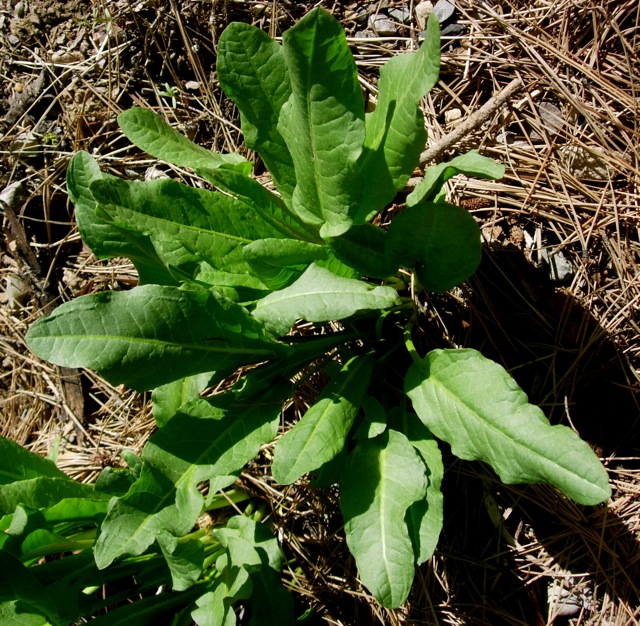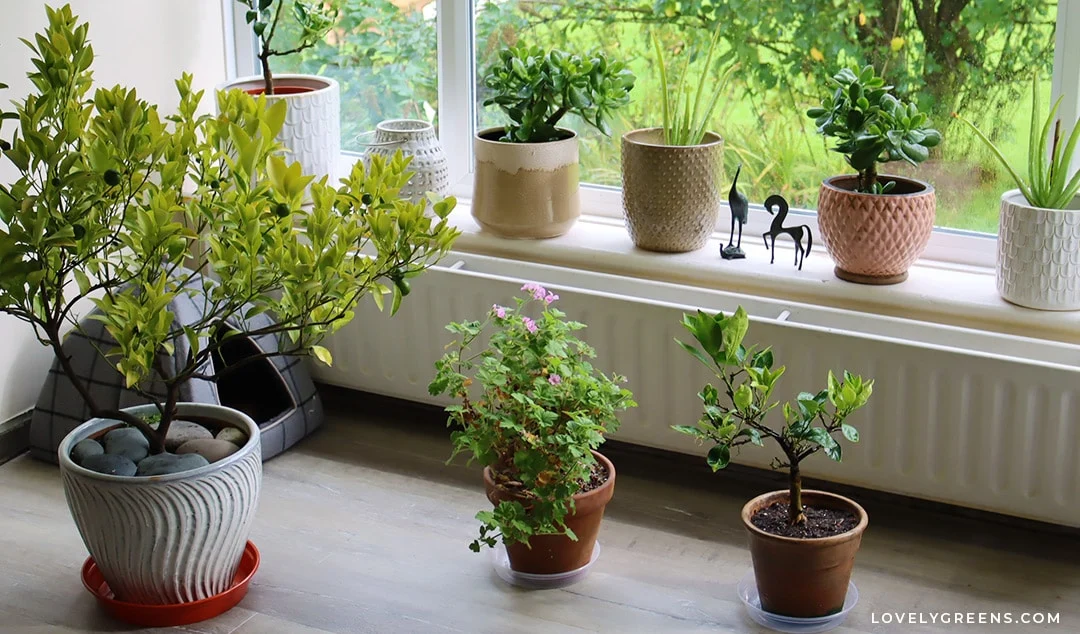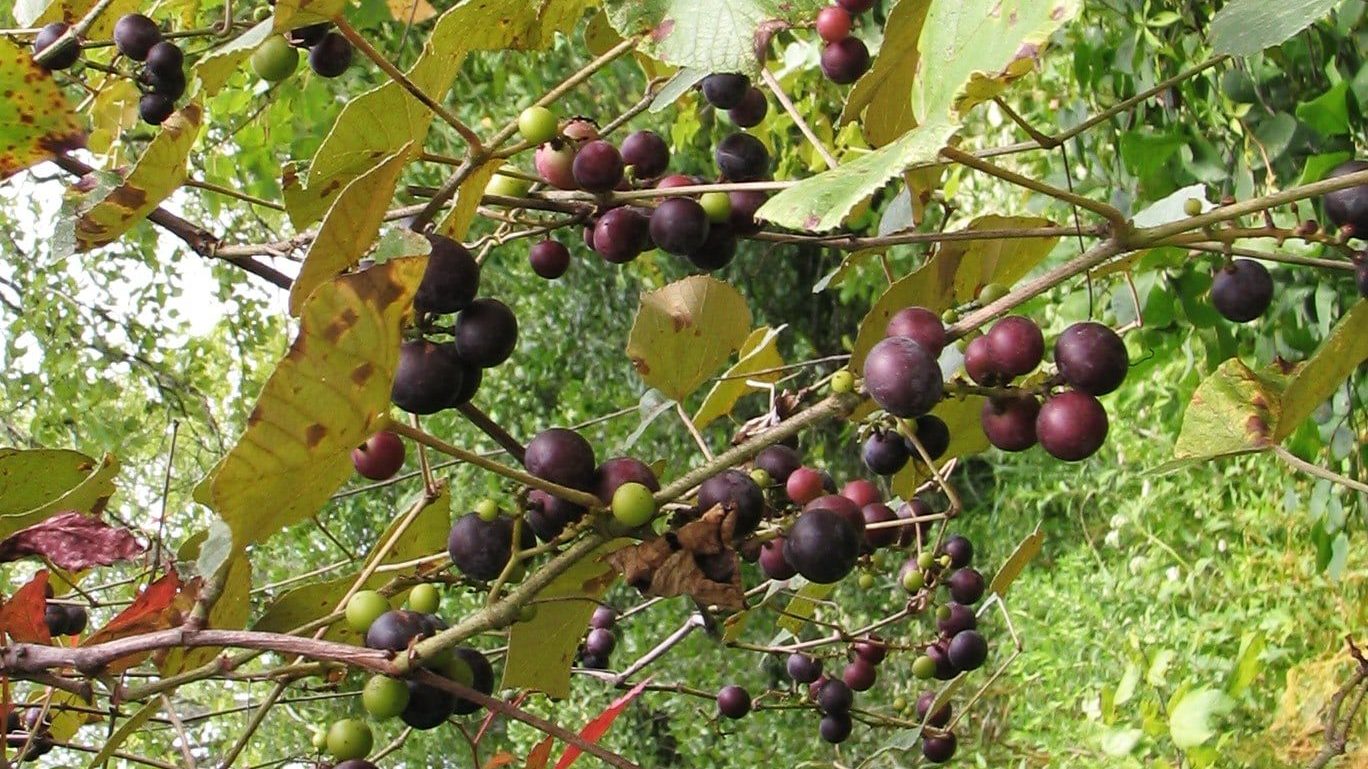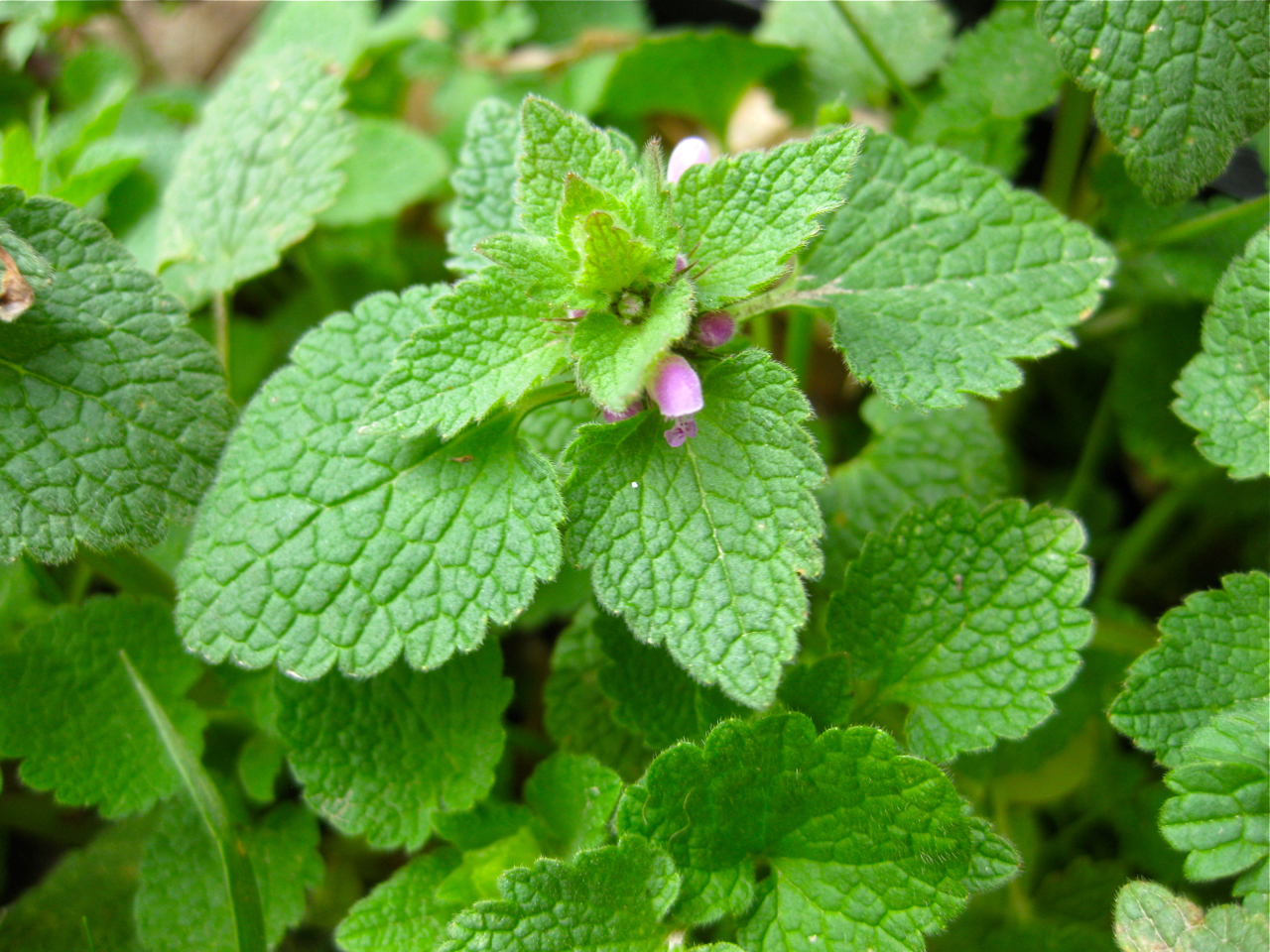A vegetable garden on a rooftop is a compact, space-efficient way to grow fresh produce at home. With limited room available, rooftop gardens are ideal for urban dwellers looking to cultivate their own vegetables.
The benefits of a rooftop garden are twofold: not only do they provide a sustainable food source, but they also help to insulate the building and reduce energy consumption. Additionally, rooftop gardens can have a positive impact on the surrounding environment by improving air quality, reducing stormwater runoff, and creating a habitat for pollinators.
With the right planning and maintenance, a vegetable garden in a rooftop setting can thrive and provide a bountiful harvest for those with limited gardening space.
Benefits Of Rooftop Vegetable Gardening
Gardening on rooftops is becoming increasingly popular due to the numerous benefits it offers. Not only does it allow you to make the most of unused space, but it also provides increased access to sunlight and airflow, resulting in healthier and more vibrant crops. Let’s explore these advantages in detail:
Utilizing Unused Space
One of the biggest advantages of rooftop vegetable gardening is the ability to utilize otherwise unused space. In urban areas where space is limited, rooftops offer an untapped potential for growing your own food. By transforming these empty rooftops into productive gardens, you can maximize the available space and turn it into a source of fresh vegetables.
Increased Access To Sunlight And Airflow
Rooftop gardens benefit from ample sunlight and improved airflow, providing optimal growing conditions for your vegetables. Without any surrounding buildings obstructing the sunlight, your plants will receive a consistent and ample supply of sunlight throughout the day. This ensures proper growth and development, resulting in healthier and more fruitful crops. Additionally, the increased airflow on rooftops helps prevent the buildup of moisture and reduces the risk of diseases that thrive in stagnant air.
Choosing The Right Vegetables For Rooftop Gardening
Rooftop gardening can be an excellent way to make the most of limited space and dive into sustainable living. When it comes to choosing the right vegetables for a rooftop garden, it’s crucial to consider sunlight requirements and opt for compact or dwarf varieties. Let’s explore these aspects in detail.
Consider Sunlight Requirements
One of the key factors in successfully growing vegetables on a rooftop is ensuring they receive adequate sunlight. Leafy greens such as spinach and lettuce require around 4-6 hours of direct sunlight, making them suitable choices for partially shaded rooftops. Tomatoes and peppers thrive with 6-8 hours of sunlight, making them ideal for sun-drenched rooftops.
Select Compact Or Dwarf Varieties
Given the limited space of a rooftop garden, opting for compact or dwarf varieties is essential to maximize yield. Compact zucchini, cucumbers, and eggplants are perfect candidates for rooftop gardens. Dwarf bean and pea varieties also flourish without taking up excessive space. These smaller plants not only ensure a bountiful harvest but also add aesthetic appeal to the rooftop garden.
Optimizing Space In A Rooftop Vegetable Garden
Rooftop gardens are a fantastic way to make the most of available space for growing fresh produce. Despite the limited area, you can still cultivate a bountiful vegetable garden with some strategic planning and smart techniques.
Vertical Gardening Techniques
Maximize your rooftop space by incorporating vertical gardening techniques. Utilize trellises, hanging planters, and vertical towers to grow vining crops such as tomatoes, cucumbers, and beans upwards. This not only saves space but also adds a visually appealing dimension to your garden.
Utilizing Raised Beds Or Containers
Opt for raised beds or containers to optimize your rooftop vegetable garden. Raised beds provide excellent drainage, are easier to maintain, and allow for the segmentation of different plants, while containers can be moved around to maximize sunlight exposure for various crops.
Irrigation And Drainage Solutions For Rooftop Gardens
Explore efficient irrigation and drainage solutions tailored for rooftop vegetable gardens. Ensure optimal moisture levels for plant growth and prevent water stagnation for successful rooftop gardening. Effective systems help maximize space and yield in urban settings.
To ensure the healthy growth of a vegetable garden on your rooftop, proper irrigation and drainage solutions are crucial. Not only will these solutions optimize water usage and prevent overwatering, but they will also help to maintain the structural integrity of your rooftop. In this article, we will discuss two key aspects of irrigation and drainage in rooftop gardens: drip irrigation systems and proper drainage considerations.
Drip Irrigation Systems
Drip irrigation is a highly efficient method of watering plants that delivers water directly to the roots, minimizing water waste through evaporation or runoff. This system consists of a network of tubes and emitters that distribute water evenly across the garden. Here are some key benefits of using a drip irrigation system in your rooftop vegetable garden:
- Conserves water: Drip irrigation systems deliver water directly to the plant’s roots, reducing water loss through evaporation or runoff.
- Prevents overwatering: With drip irrigation, you have precise control over the amount of water each plant receives, preventing over-saturation and root rot.
- Saves time and effort: Once installed, a drip irrigation system requires minimal maintenance. You won’t have to spend unnecessary time watering your plants manually.
- Promotes healthy growth: Drip irrigation ensures each plant receives the right amount of water, promoting healthy root development and overall plant growth.
Installing a drip irrigation system is a valuable investment for your rooftop garden. It will not only save you time and effort but also contribute to the overall success of your garden.
Proper Drainage Considerations
Effective drainage is essential for any garden, but it becomes even more critical when gardening on a rooftop. Without proper drainage, excess water can accumulate, causing structural damage, root rot, and plant decline. Here are some key considerations for ensuring proper drainage in your rooftop vegetable garden:
- Sloping or grading: Ensure that your rooftop has a slight slope or is properly graded to facilitate water runoff.
- Drainage layers: Install a layer of pea gravel or a geotextile fabric at the bottom of your garden containers or raised beds to promote better drainage.
- Drainage holes: Ensure that each container or raised bed has sufficient drainage holes to allow excess water to escape.
- Waterproofing membranes: Apply waterproofing membranes under your garden containers to protect the rooftop from water seepage.
By implementing these drainage considerations in your rooftop vegetable garden, you can prevent waterlogging and promote better plant health.
Garden Pests And Disease Management In Rooftop Settings
Rooftop vegetable gardens often face challenges with garden pests and diseases. Proper management techniques, such as organic pest control and timely monitoring, can help maintain plant health and ensure a successful harvest. Implementing preventive measures is key to sustaining a vibrant rooftop garden.
Garden Pests and Disease Management in Rooftop Settings
Natural Pest Control Methods
Rooftop vegetable gardens are vulnerable to pests and diseases, which can harm the plants if left unchecked. Implementing natural pest control methods is crucial to maintain a thriving garden ecosystem. One effective strategy is to attract beneficial insects like ladybugs and lacewings, which feed on harmful pests. Another method is companion planting, where certain plants are grown together to repel pests or attract beneficial insects. Encouraging biodiversity in the garden helps create a balanced ecosystem that can naturally control pest populations.
Regular Monitoring for Early Detection
Regular monitoring of your rooftop garden is essential for early detection of pests and diseases. By inspecting your plants frequently, you can spot any signs of infestation or illness before they escalate. Prompt action, such as removing affected leaves or plants, can prevent the spread of diseases and minimize damage. Moreover, maintaining good garden hygiene, such as cleaning up plant debris and avoiding overwatering, can help reduce the risk of pests and diseases taking hold.
In rooftop settings, it’s essential to stay vigilant against garden pests and diseases but using natural control methods and regular monitoring can help maintain a healthy and thriving vegetable garden.
Harvesting And Maintaining Productivity In Rooftop Vegetable Gardens
When it comes to rooftop vegetable gardens, harvesting and maintaining productivity are essential steps. Proper techniques such as succession planting, regular pruning, and fertilization play a significant role in ensuring a bountiful yield. By implementing these strategies, rooftop gardeners can maximize their space and enjoy an ongoing supply of fresh vegetables.
Succession Planting Strategies
Succession planting is a key technique to maintain consistent productivity in rooftop vegetable gardens. By staggering the planting of crops in intervals, gardeners can ensure a continuous harvest throughout the growing season. This method allows for efficient use of space and maximizes the yield of the garden.
Regular Pruning And Fertilization
Regular pruning and fertilization are essential for maintaining the productivity of rooftop vegetable gardens. Pruning helps control the growth of plants, preventing overcrowding and ensuring adequate airflow and sunlight. Additionally, proper fertilization provides the necessary nutrients for healthy plant growth, resulting in robust and abundant harvests.
Community And Environmental Impact Of Rooftop Gardening
Rooftop gardening is a great way to promote urban agriculture and bring people together. By utilizing the available space on rooftops, communities can transform barren rooftops into productive vegetable gardens. This allows urban residents to grow their own fresh produce, fostering a sense of self-sufficiency and promoting a healthy lifestyle.
Rooftop gardening contributes to greener cities by providing multiple environmental benefits. Firstly, these gardens help reduce the urban heat island effect by absorbing and evaporating heat, which would otherwise be trapped by concrete and asphalt surfaces. This helps to lower ambient temperatures, making cities more comfortable places to live, especially during hot summers.
Moreover, rooftop gardens act as natural insulators, reducing energy consumption in buildings by providing additional insulation. The plants and soil act as a barrier against extreme temperatures, reducing the need for excessive air conditioning or heating. This not only reduces carbon footprint but also helps to lower energy costs for residents.
Additionally, rooftop gardens improve air quality by absorbing carbon dioxide and releasing oxygen through photosynthesis. They also filter pollutants and particulate matter from the air, thus reducing the air pollution levels in urban areas. Improved air quality positively impacts the health and well-being of residents, reducing the risk of respiratory diseases.
| Benefits of Rooftop Gardening | |
|---|---|
| 1. Promotes urban agriculture | 1. Community engagement |
| 2. Reduces urban heat island effect | 2. Energy efficiency |
| 3. Improves air quality | 3. Reduced air pollution |
By promoting community engagement and contributing to greener cities, rooftop gardening is an innovative and practical solution for urban dwellers. It not only brings people together but also creates a positive environmental impact, making our cities healthier and more sustainable for generations to come.
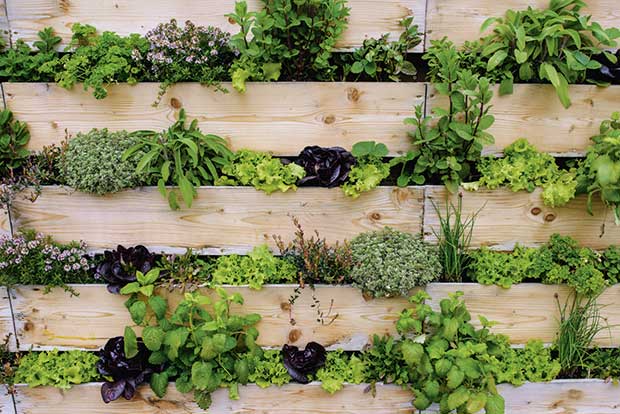
Credit: thisnzlife.co.nz
Frequently Asked Questions On Vegetable Garden In Rooftop
How To Start A Vegetable Garden On A Rooftop?
You can start by assessing sunlight, choosing containers, selecting the right soil, and picking suitable vegetables.
What Vegetables Thrive In Rooftop Gardens?
Tomatoes, peppers, lettuce, kale, spinach, and herbs like basil, parsley, and chives thrive in rooftop gardens.
How To Maintain A Vegetable Garden On A Rooftop?
Regularly water the plants, monitor for pests, prune when needed, and use organic fertilizers for maintenance.
What Are The Benefits Of Rooftop Vegetable Gardens?
Rooftop gardens provide fresh produce, improve air quality, reduce energy consumption, and create a sustainable urban environment.
Conclusion
Having a vegetable garden in your rooftop is a sustainable and practical way to grow your own fresh produce. It not only helps you save money but also ensures that you have access to pesticide-free, nutritious vegetables. By utilizing vertical space and implementing innovative gardening techniques, you can create a thriving garden even in a limited area.
So, why not transform your rooftop into a green haven and enjoy the benefits of homegrown vegetables all year round?


